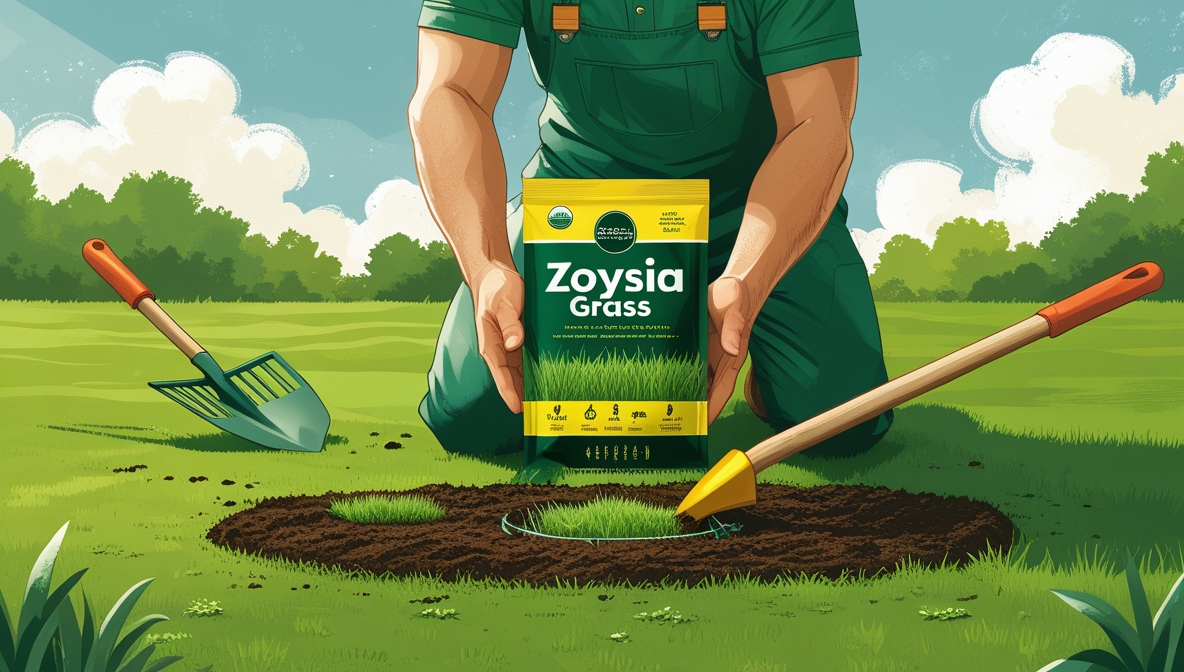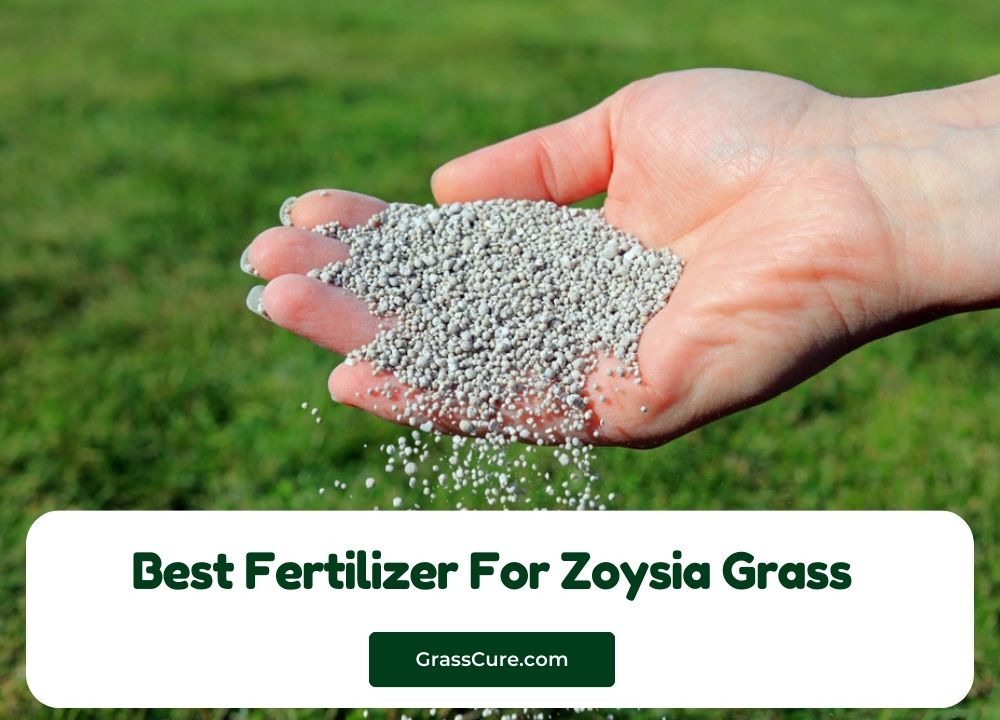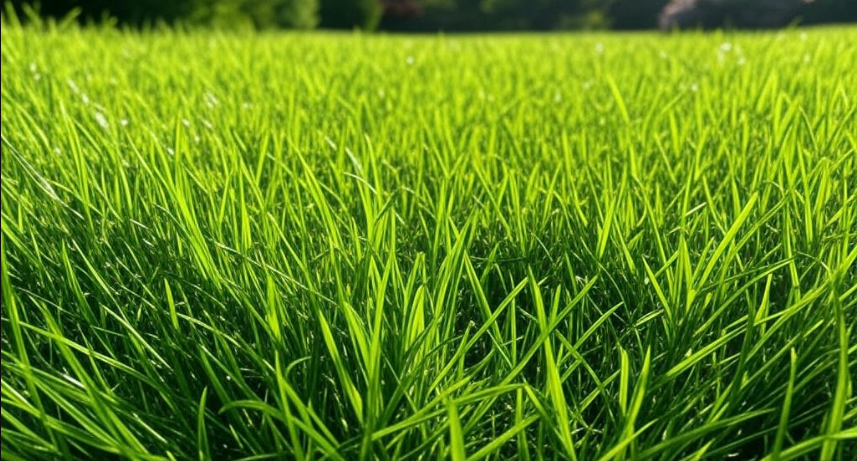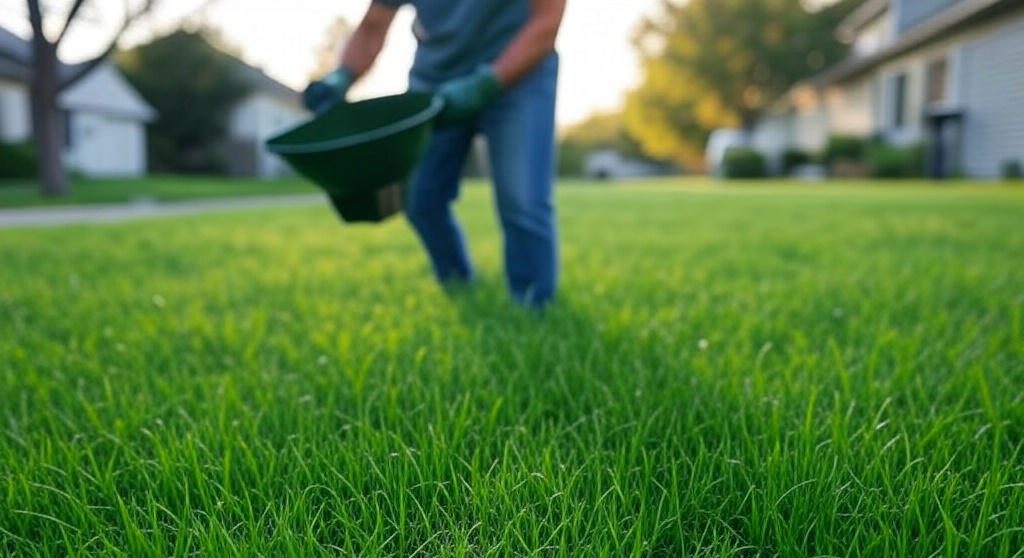Zoysia grass, prized for its fine texture, drought tolerance, and deep green color, is a popular choice for lawns across many climates. However, establishing a healthy Zoysia lawn from seed requires careful planning and execution. This guide walks you through the process, from selecting the right seed to protecting your new lawn, ensuring a lush and vibrant landscape for years to come. Success hinges on attention to detail at each stage, so let’s delve into the specifics.
Contents
Selecting the Right Zoysia Seed
Choosing the appropriate Zoysia grass seed is paramount. Consider your geographical location, as different Zoysia cultivars thrive in various climates. Research varieties suited to your region’s temperature extremes and sunlight exposure. Factors like disease resistance and wear tolerance should also influence your selection. Look for reputable seed suppliers who offer high-quality, certified seed with clear germination rates.
Read reviews and compare different Zoysia varieties to find the best fit for your needs and preferences. Don’t hesitate to contact local gardening experts or nurseries for advice on the most suitable cultivar for your specific soil type and environmental conditions. The right seed is the foundation for a successful Zoysia lawn.
Preparing Your Planting Area
Before sowing, thoroughly prepare the planting area. This involves removing any existing vegetation, including weeds, grass, and debris. A clean slate ensures the Zoysia seed has optimal contact with the soil. Use a sod cutter or a sharp shovel to remove existing turf, digging down to a depth of at least 4 inches. This step is crucial for preventing competition from existing plants.
Once the area is clear, rake the soil to break up clumps and level the surface. Removing rocks and other large debris is essential to prevent uneven seed distribution and germination. The goal is to create a smooth, consistent seedbed that promotes uniform growth. A well-prepared planting area significantly improves the chances of a successful Zoysia lawn establishment.
Soil Testing and Amendment
Conduct a soil test to determine its pH level and nutrient content. Zoysia grass prefers slightly acidic to neutral soil (pH 6.0-7.0). If your soil is too acidic or alkaline, amend it with lime or sulfur, respectively, to bring it within the optimal range. A soil test will also reveal any nutrient deficiencies.
Based on the soil test results, amend the soil with appropriate fertilizers. Incorporating organic matter, such as compost, improves soil structure, drainage, and nutrient retention. This enhances root development and overall Zoysia grass health. Addressing soil deficiencies upfront will contribute to a thriving lawn.
Sowing the Zoysia Grass Seed
Sow the Zoysia grass seed evenly across the prepared area. You can use a broadcast spreader for larger areas or sow manually for smaller patches. Follow the seed rate recommendations provided by the seed supplier. Over-seeding can lead to competition and uneven growth, while under-seeding may result in sparse coverage.
Ensure consistent seed distribution to achieve a uniform lawn. After sowing, gently rake the seed into the soil to ensure good soil contact. Avoid burying the seed too deeply, as this can hinder germination. A light raking is sufficient to cover the seeds and protect them from birds and the elements.
Achieving Optimal Seed Depth
The ideal seed depth for Zoysia grass is typically between ⅛ and ¼ inch. Burying the seeds too deeply can prevent them from receiving sufficient sunlight and oxygen for germination. Conversely, seeds sown too shallowly may be easily washed away or exposed to drying conditions.
Consistent seed depth is crucial for uniform germination. Use a seed rake or a garden roller to ensure even soil contact and depth. If you are hand-sowing, be mindful of the depth and distribute the seed evenly across the area. Achieving the optimal seed depth is a key factor in establishing a healthy and dense Zoysia lawn.
Watering Your Newly Planted Seed
Immediately after sowing, water the seed gently but thoroughly. This helps to settle the seed into the soil and initiate the germination process. Avoid using high-pressure water, as this can wash away the seed. Use a gentle spray or a soaker hose to avoid disturbing the soil.
Maintain consistent moisture in the top inch of soil until germination. Regular watering is crucial, especially during dry periods. The frequency of watering will depend on weather conditions and soil type. Monitor the soil moisture regularly and adjust watering accordingly. Consistent moisture promotes healthy germination and early seedling growth.
Maintaining Consistent Moisture
After germination, continue to maintain consistent moisture in the soil. Avoid letting the soil dry out completely, as this can stress the young seedlings and hinder their growth. Water deeply and less frequently rather than shallowly and often to encourage deep root development.
Regular watering is essential for establishing a strong root system. The frequency of watering will vary depending on the weather and soil conditions. Consider using a soil moisture meter to monitor the moisture level and avoid overwatering. Consistent moisture is key to a healthy and vibrant Zoysia lawn.
Fertilizing for Healthy Growth
Once the Zoysia grass has established a good root system (typically after a few weeks), begin fertilizing to promote healthy growth. Use a slow-release fertilizer specifically formulated for Zoysia grass. Follow the manufacturer’s instructions carefully to avoid over-fertilizing, which can damage the grass.
Regular fertilization provides the necessary nutrients for strong growth and a deep green color. Avoid using fertilizers high in nitrogen, as this can promote excessive leaf growth at the expense of root development. A balanced fertilizer will contribute to a healthy and resilient Zoysia lawn.
Weed Control and Prevention
Weed control is crucial for maintaining a healthy Zoysia lawn. Pre-emergent herbicides can be applied before sowing to prevent weed seeds from germinating. Post-emergent herbicides can be used to control weeds that emerge after the Zoysia grass has established.
Regularly inspect your lawn for weeds and remove them promptly. Hand-weeding is effective for small infestations, while herbicides may be necessary for larger areas. Maintaining a healthy and dense Zoysia lawn naturally helps to suppress weed growth.
Protecting Your New Zoysia Lawn
Protect your newly established Zoysia lawn from excessive foot traffic and other stresses during the initial growth phase. Avoid mowing until the grass has reached a height of at least 3 inches. This allows the roots to develop fully before mowing. Use a sharp mower blade to ensure a clean cut and prevent damage.
Avoid using harsh chemicals or pesticides unnecessarily. Overwatering or underwatering can also stress the young plants. Protect the lawn from extreme weather conditions by providing shade during hot periods and protecting it from frost during cold spells. With proper care, your new Zoysia lawn will thrive.
Establishing a Zoysia grass lawn from seed requires dedication and attention to detail, but the rewards – a beautiful, durable, and low-maintenance lawn – are well worth the effort. By following these steps and paying close attention to your lawn’s needs, you can enjoy a lush and vibrant Zoysia lawn for many years to come. Remember that consistent care and observation are key to long-term success.





